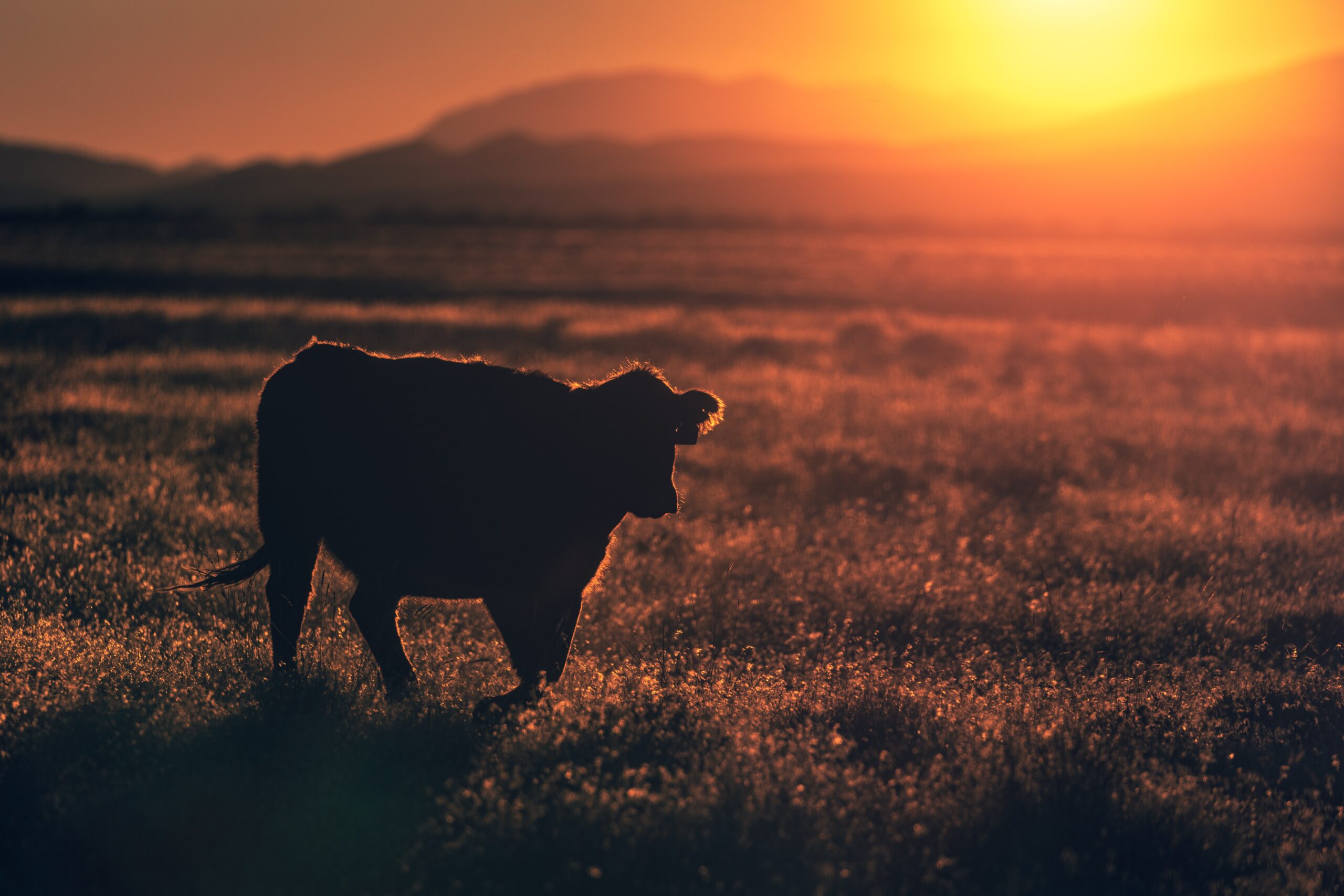The regularly vilified red meat is making a resurgence thanks to the Paleo/Primal/Ancestral food movement, but why is it such an important part of our diet?
What makes it different from other meats, like chicken or turkey? And does it matter the source or whether it’s grass-fed or not?
Let’s look at some details.
Red meat contains highly bioavailable nutrients we all need:
- Vitamin B-12 and many other B-vitamins: Animals are a rich source for B vitamins, and the only source for B-12, performing essential functions in your body, and a deficiency can lead to a whole host of chronic diseases.
- Iron: Red meat contains heme-iron, a more easily absorbed form of iron than forms found in plant food.
- Vitamin D: Red meat contains a highly absorbable form of vitamin D, especially good for people who don’t eat a lot of fish or live in more Northern regions.
- Minerals: Rich in minerals such as zinc, magnesium, copper, phosphorus, cobalt, nickel, chromium, and selenium.
Red meat contains almost equal parts saturated and monounsaturated fats and very little polyunsaturated fats, and this ratio remains true only in beef, regardless of whether it’s raised on grass or corn/soybeans, making it the best choice if you cannot afford, or don’t have access to, grass-fed beef.
And that brings us to the next question: “Does it matter if I eat grass-fed beef or not?” Grass-fed beef is always better when it’s possible to buy it.
The ratio of unsaturated, monounsaturated, and polyunsaturated fats stay the same, as I mentioned earlier, but the ratio of omega-3 and omega-6 fatty acids are radically different, with up to 5 times more omega-3’s in grass-fed than corn-fed beef. Grass-fed beef also contains a higher ratio of stearic acid, a type of saturated fat that is widely accepted to not raise cholesterol levels. CLA, conjugated linoleic acid, is present by two to three times as much in grass-fed as grain-fed. This important antioxidant is found in animal products and may be protective against many chronic diseases.
Vitamins, minerals, and antioxidants are abundant in grass-fed beef, largely because we are what we eat, and what we eat are what they eat. A cow fed on grass and foraging in pastures is getting all the nutrients from the grasses they eat, while a cow fed corn is getting a much less nutrient-dense diet.
Lastly, eating grass-fed is not only better for the environment, it positively impacts it! Chris Kresser does a very readable breakdown of this here and here.
References:
Photo by Patrick Hendry on Unsplash


